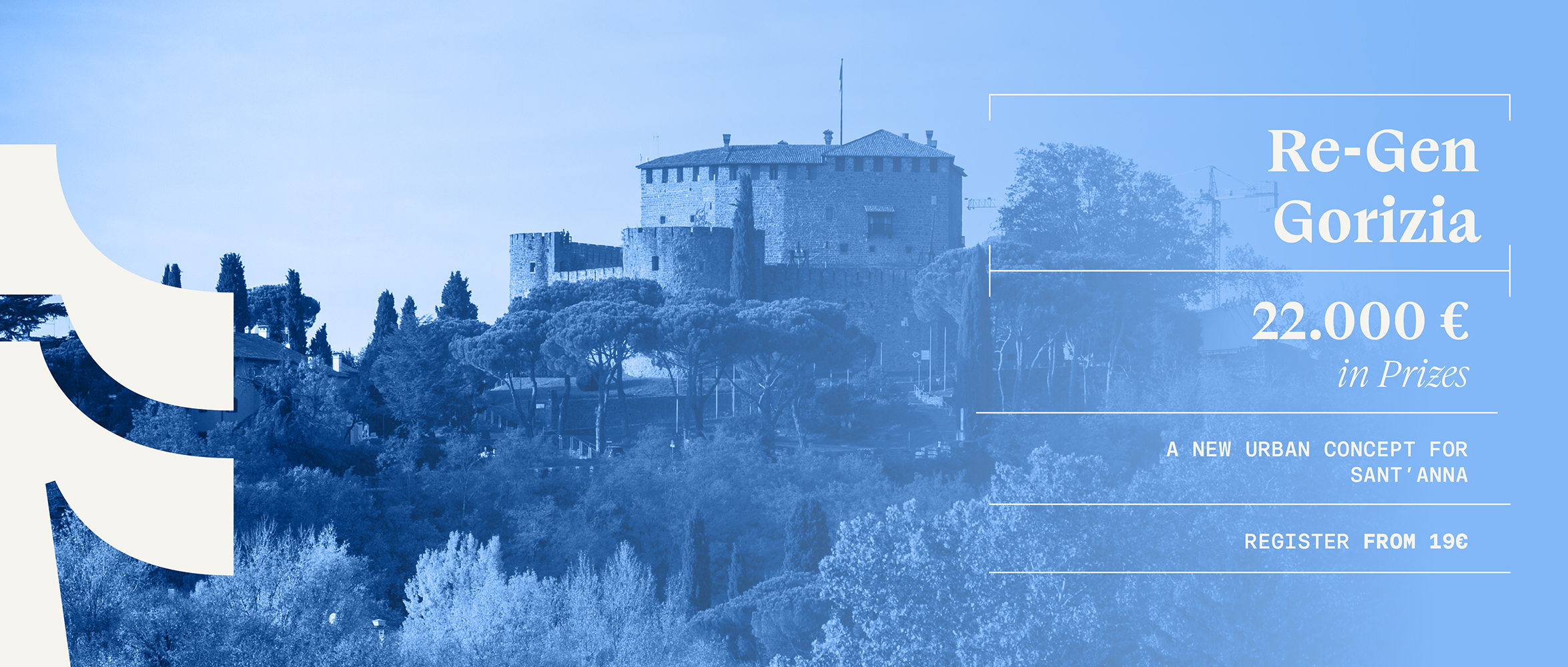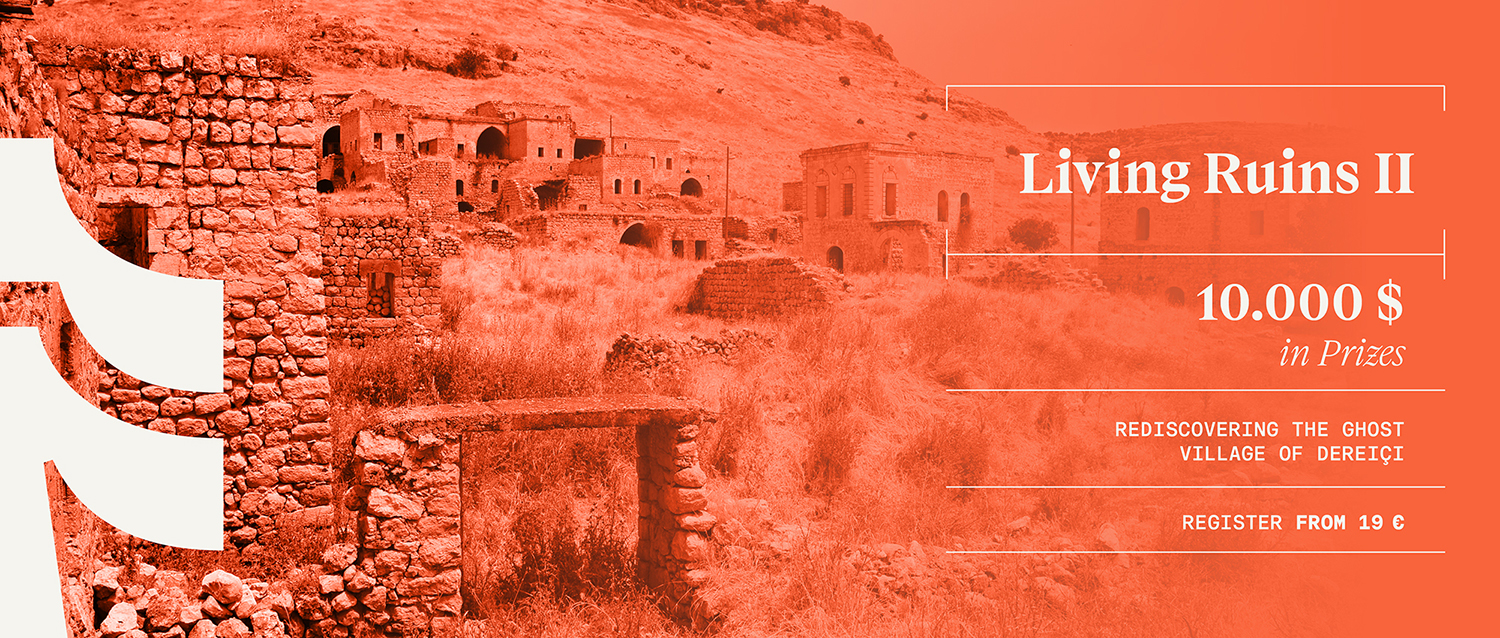作者/Writer:kadirbishara 2024.09.16
类型/Type:概念项目
地点/Location:Unlimited
功能/Program:居住建筑
报名截止/Registration:2024.12.25
提交截止/Submission:2024.12.25
参赛资格/Eligibility
Open for All
报名费用/Entry Fee
Late Registration: 25th December 23:59 GMT/UTC ($60 USD)
Regular Registration: 10th December 23:59 GMT/UTC ($45 USD)
Early Registration: 10th November 23:59 GMT/UTC ($30 USD)
奖赏/Prize
Winner x 1 = $1000 + Certificate + Publication in our Annual Issue + Blog Post
Runners Up x 4 = $250 + Certificate + Publication in our Annual Issue + Blog Post
Participation Certificates for all teams
Premise:
In a world where urban populations are rapidly expanding, space is becoming a limited and valuable resource. High land prices, increasing density, and growing environmental concerns have led to the urgent need for innovative compact living solutions. This competition calls for a redefinition of urban living, where the challenge is to create livable, functional spaces within constrained footprints. Participants are encouraged to explore the potential of compact design to address housing, education, and overall city planning in ways that prioritize both efficiency and quality of life.
Objective:
The primary goal of this competition is to push the boundaries of architectural design by focusing on the development of compact structures and city modules. The designs should optimize spatial efficiency while maintaining user comfort and sustainability. Participants are tasked with designing homes, schools, or even entire urban communities with a focus on maximizing limited space without compromising the essential aspects of modern living, such as privacy, accessibility, and social interaction.
Constraints:
Designers must adhere to a few core principles:
a. Footprint Limitations: The design (single unit) must fit within 30 square meter limit to simulate real-world urban density challenges (the proposal of multiple units has no site/size limit)
b. Sustainability: Emphasis on eco-friendly materials, energy-efficient systems, and minimal environmental impact.
c. Livability: Despite compactness, designs should offer a high standard of living, incorporating natural light, ventilation, and essential amenities.
d. Adaptability: Solutions should allow for flexibility in function and scalability across different urban settings.
Site:
Participants can choose any urban setting, whether an existing city or an entirely new concept. The focus should be on developing a solution that is adaptable across various contexts—whether it’s a high-density urban core or a suburban fringe. The design should be scalable to work in different locations, reflecting the realities of modern urban expansion.






















